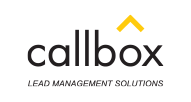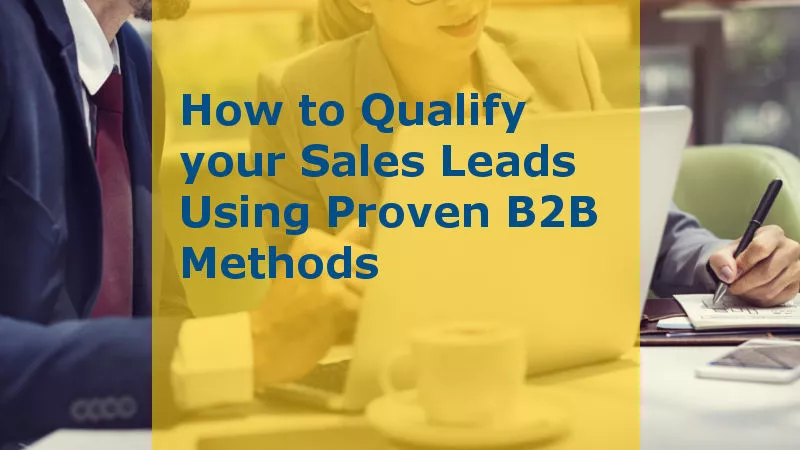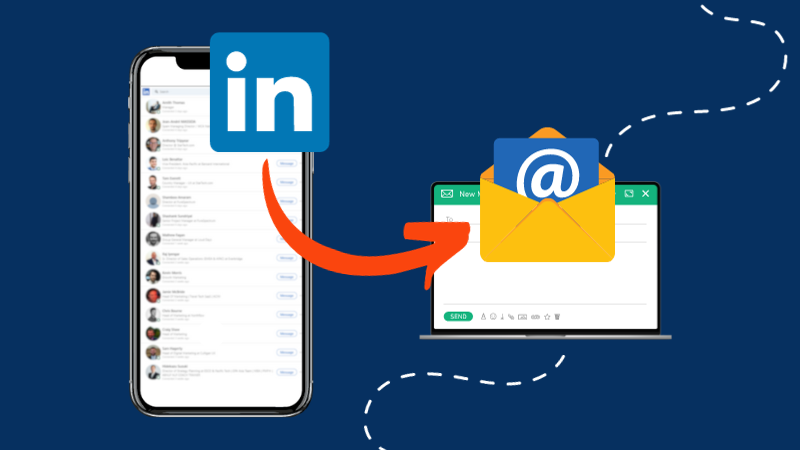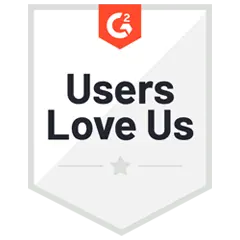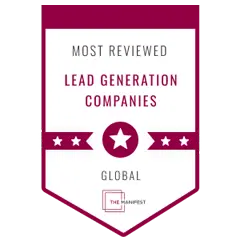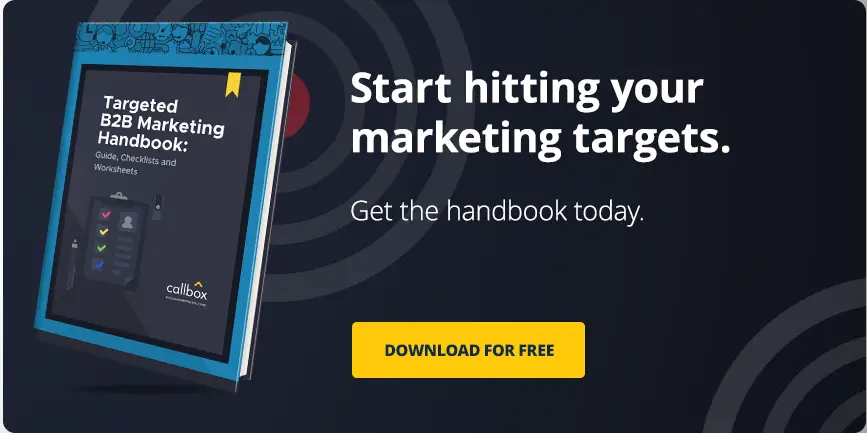Generating quality B2B leads do not come easy like picking apples, but goes through a process called lead qualification. It’s a way to gauge the probability of a prospect to buy and bears countless benefits that could spring your sales and marketing numbers.
Benefits of lead qualification
The lead qualification process will help you profile the best-qualified buyers. And by knowing when to disqualify misfits, your B2B campaign is ensured of the following benefits:
Lesser Opportunities Lost
Although the bulk of qualification is done at the initial touch base, it continuously occurs at every stage of the sales process, which can help you avoid losing worth-nurturing leads due to poor follow up. 80% of sales require 5 follow-ups after the initial touch base (Marketing Donut)
More Time Saved
When you know which leads need to be prioritized, it is most likely that much of your time will be devoted to nurturing high-converting leads. This is a good thing as it will give you a wider room to build a better relationship with prospects, address their needs and eventually close deals.
Increased Lead ROI
72% of organizations that calculate ROI say their marketing strategy is effective (Hubspot). This is true as high lead scores can lessen follow up time and effort, and result in high returns on investments.
Higher Conversion Rates
Having more qualified leads, by building buyer personas and developing messaging that appeal to them, in your pipeline, would result in higher chances of converting prospects into clients. You can increase conversions by up to 300% when you have the correct targeting and testing methods in place. (kyleads)
Better Productivity
A small pool, but of good quality leads will result in large productivity number. This will expedite the sales process as you are able to work on multiple follow-ups at a time. (NuGrowthSolutions)
The Different Lead Qualification Frameworks
You’ll only earn the benefits of lead qualification when you learn how to spot the best candidates to proceed to the bottom of the sale and which ones are not, which you can do by leveraging Qualification Frameworks. Here’s an ultimate guide to sales qualification to help you work out positive results from your sales and marketing efforts.
CHAMP
(Challenges, Authority, Money, and Prioritization)
In this framework, challenges are set on top as it is the first fundamental part of sales qualification (Zorian Rotenberg, Atiim Inc., Founder). Authority is also defined as call-to-action in this framework for you to take actions by mapping out the company’s organizational structure to reach the decision maker.
GPCTBA/C&I
(Goals, Plans, Challenges, Timeline, Budget, Authority, Negative Consequences, and Positive Implications)
The ultimate purpose of Hubspot for developing this framework is to address changes in buyer behavior. Today’s B2B buyers are well informed so you need to state the differentiated value of your product, and also look beyond the scope of its solutions. It’s also crucial to know your prospect’s strategic goals, plans, challenges, timeline, budget and buyer persona, and find out the negative consequences and positive implications to give you a better understanding if things turn out otherwise.
BANT
(Budget, Authority, Need, and Timeframe)
This is probably the most basic and flexible framework. It lets you classify leads into three categories: hot, warm or cold. In this framework, all lead types can be set to nurturing as long as they are deemed positive.
Tips on How to Better Qualify Your Leads
Once you find the right qualification framework for your product, you’ll discover ways to evaluate leads for more specific characteristics. A lead scoring will help you better qualify your leads.
- Create your ideal customer profile (ICP). This will show you if your prospects fall under your target industry and territory.
- Gather company information: size, number of offices in different regions in order to gauge your prospect’s financial capability and market reach
- Build online behaviours to get more interaction from prospects. Evaluate results as to how many page reviews did you get from them, as well as the length and frequency of visits.
- Enhance email engagement by monitoring open rates and click-throughs via CTAs to gauge the prospect’s interest rate.
- Track social media engagement such as Likes, Shares, Retweets, and Click-throughs from your posts. The more your prospects become engaged, the higher their lead scores.
- Run a spam detection process by setting a benchmark, choosing the most valuable characteristics, calculating close rates and comparing characteristics, to enhance your data capturing method.
- Add Website Optimization, Content Marketing, and Paid Ads. These are also significant data tools to know who and how many searches for your product or read your articles, to better qualify leads.
Managed IT Firm, a Long-Term Callbox Client, Closes $150K in One Campaign
B2B lead generation is not purely a numbers game, but quality. Like apples, it’s not about how many you picked, but how sweet and crisp are the chances, based on data, do the leads you’ve gathered to proceed to the bottom of the sales funnel.
